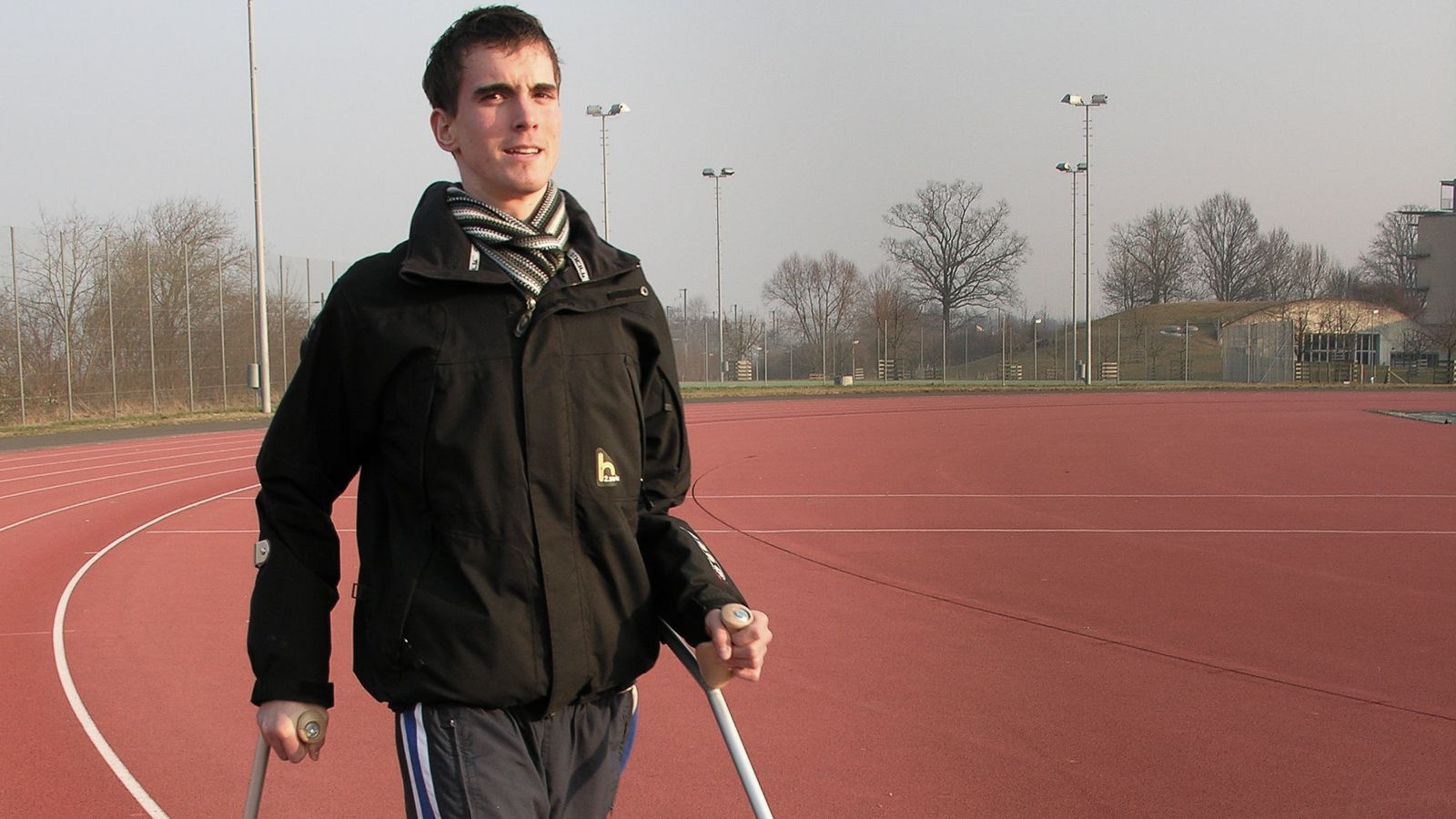Discussion

Rehabilitation incorporating walking as a goal requires both the guidance and support of the rehabilitation team and the focus and determination of the injured person.
Since the severity of spinal cord injury (SCI) and the course of rehabilitation vary from person to person, the assessment of functioning and the selection of appropriate goals, intervention targets and rehabilitative interventions present certain challenges to decision-making in the management of a person's rehabilitation. Goal-setting, the determination of intervention targets and the interventions to address them involve the rehabilitation team's clinical expertise – clinical reasoning as well as the consideration of the findings of high-quality research. Rehabilitation professionals are also encouraged to make decisions not only based on their knowledge and experience, but also take into account the injured person's personal context, needs and wishes in order to achieve the best possible outcomes.17 20 21
Ideally, the selection of interventions should be guided by an evidence-based approach that takes advantage of the best available clinical research on therapies and outcomes. In Simon's case, however, applying an evidence-based approach toward planning interventions to recover Simon's walking ability presented some issues, as meta-analyses of available research offered only mixed or inconclusive findings on interventions. The limited number of definite recommendations for interventions highlights the need for more quality clinical studies. The knowledge gained from new and reliable clinical studies would further optimise this rehabilitation process.
""The limited number of definite recommendations for interventions highlights the need for more quality clinical studies.""
Simon’s case illustrated the rehabilitation management process, in which the recovery of walking ability of a person with an incomplete SCI was a major goal. Recovery of walking ability is complex requiring substantial rehabilitation support. In Simon’s case, the Rehab-Cycle® and corresponding ICF-based documentation forms help to facilitate the rehabilitation process.
The Rehab-Cycle® started with an assessment of Simon's functioning. This assessment reflected both Simon's and the rehabilitation team's perspectives. The results of the assessment informed the decisions the rehabilitation team made in consultation with Simon on goals and intervention targets to address in the intervention phase. One of the goals set was ‘independence in mobility’, specifically recovery of walking ability. In Simon's case, recovery of walking ability was deemed feasible based on the progress made in Simon's medical status and all aspects of functioning before the Rehab-Cycle® started. In addition, relevant research has shown the potential for success in recovering the walking ability of persons with incomplete SCI. 2 3 4
Once the goals were set and the intervention targets were determined, the next step was deciding on the appropriate interventions to address the intervention targets. At this critical point in rehabilitation planning, the integration of information drawn from research, the knowledge and experience of each member of the rehabilitation team, the injured person's history, and personal resources can facilitate the decision-making process and rehabilitation management as a whole.
In the case of deciding on interventions for the recovery of walking ability, evidence on various intervention approaches is not strong enough to earn a recommendation in a Cochrane review, several studies included in the Cochrane review still found some benefits that persons with SCI could gain from interventions such as resistance and aerobic exercises, Vojta therapy, gait training and physical therapy for improving joint mobility.15
In Simon’s case, the rehabilitation team considered a mix of interventions that offered him the best chances of improving his walking abilities.
""...while Simon's short-term cycle goals were not quite achieved, the recovery progress that was tangible.""
At the end of Simon’s Rehab-Cycle®, the gains that he made, along with some additional challenges, were clear at the second evaluation of his functioning status. Improvements in areas such as muscle strength, joint mobility, balance and gait pattern were offset by a lack of progress in touch sensitivity, exercise tolerance and control of involuntary movements.
And while Simon’s short-term cycle goals were not quite achieved, the recovery progress that was made was tangible. His initial SCI was characterised at admission as ASIA A i.e. complete paralysis below the level of the injury. At the end of the Rehab-Cycle® it improved to normal active movement, full range of motion and full resistance in a functional muscle position for some muscles i.e. ASIA D. Simon enjoyed the gains he made over the course of his rehabilitation – unassisted walking, riding a bike, driving, to count a few.
In summary, Simon's case has shown that an individualised person-oriented approach that is framed in the ICF-based Rehab-Cycle® and integrates clinical reasoning and evidence from research, can enhance the potential of rehabilitation in the recovery of walking ability of persons with incomplete SCI.